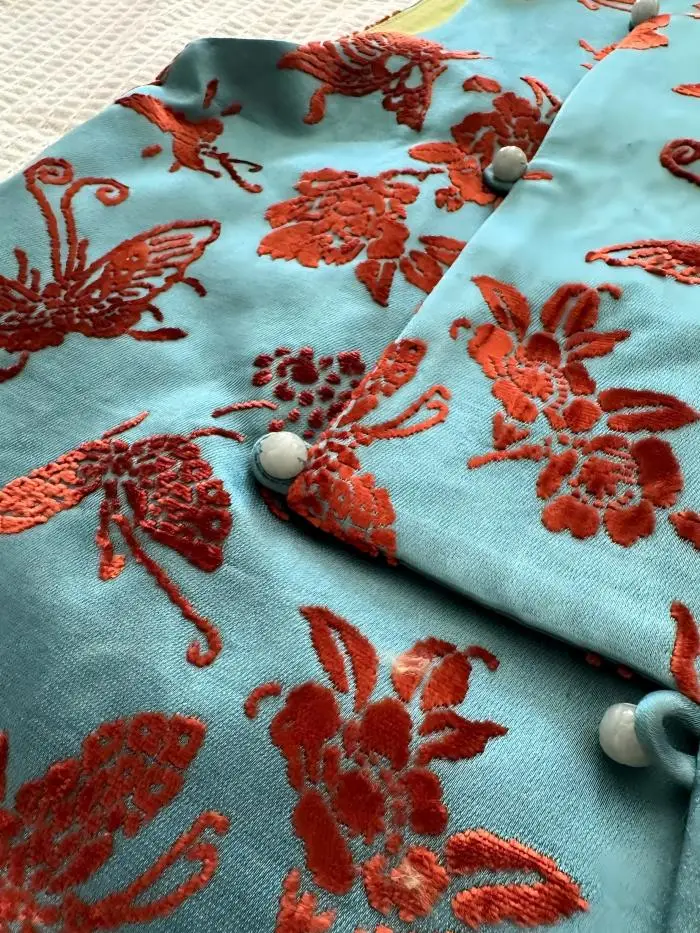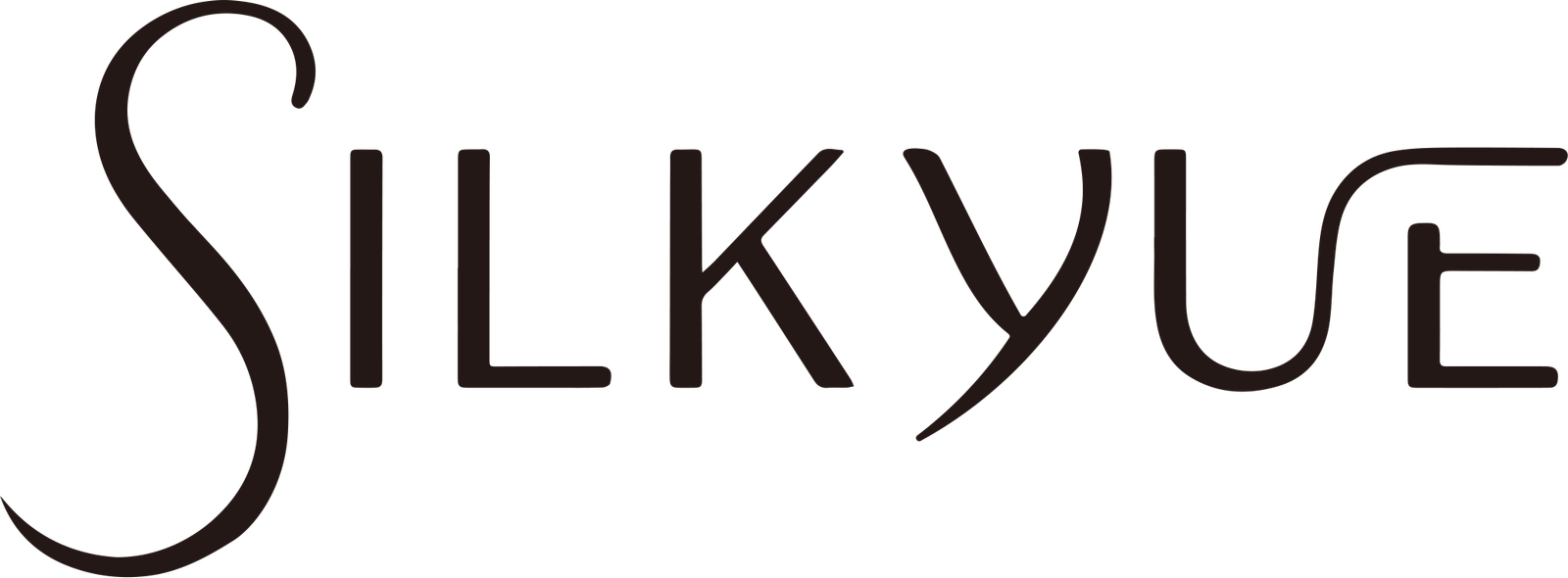
Zhang Velvet Silk
Zhang Velvet is woven with velvet as the warp and silk as the weft. It's named "Zhang Velvet" because it originated in Zhangzhou City, Fujian Province.
Zhang Velvet comes in two main varieties: flowered Zhang Velvet and plain Zhang Velvet.
The styles of plush are determined by the pattern: Zhang Satin, with a velvet flower and satin background, and Zhang Velvet, with a velvet background and satin flower.
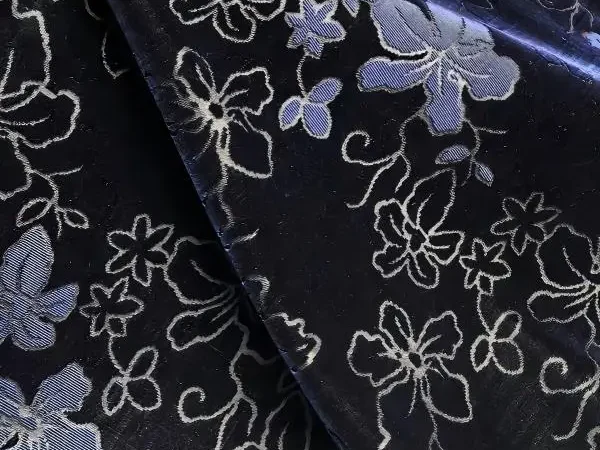
Craftsmanship, Value and Heritage
The core of Zhang Velvet lies in its unique craftsmanship: a satin base and silk pile. Weaving requires a specially designed wooden loom, where fine metal wires are embedded as raising rods to form the pile loops. These loops are then selectively cut according to the design, creating a three-dimensional, embossed pattern.
A treasured imperial product of the Ming and Qing dynasties, Zhang Velvet stands as a valuable artifact for studying ancient Chinese textile technology and imperial aesthetics. Its unique three-dimensional relief effect and soft, lustrous texture demonstrate its high artistic and aesthetic value.
Zhang Velvet was listed as a national intangible cultural heritage of China in 2006, granting it institutional protection. Relevant institutions are promoting the craft's legacy through digital documentation and the cultivation of inheritors.
Looking to buy fabric?
Customization and Innovation
Zhang Velvet Silk Historical Development
| Period | Development & Characteristics | Historical Status & Impact |
| Origins (Ming-Qing) | Originated in Zhangzhou, Fujian. Evolved from earlier techniques into a unique silk velvet weaving craft. | Became a representative luxury silk known for its gorgeous sheen and texture, filling a niche in piled fabrics. |
| Heyday (Qing Dynasty) | Highly favored by the imperial court for exclusive use. Perfected techniques, developing two types: sculpted “carved velvet” (Zhang velvet) and plain velvet. Major production centers expanded to Nanjing and Suzhou. | Reached its artistic and technical peak. Ranked among the most famous brocades. A symbol of power and status, a tribute-grade fabric. |
| Modern Era (c. Late 19th – Early 20th Cent.) | Industry declined sharply due to social unrest, war, and loss of imperial patronage. The complex, costly craft faced extinction as transmission was broken. | Transitioned from imperial use to limited private demand. The craft became endangered. |
| Contemporary Era | Designated as National Intangible Cultural Heritage for protective salvage and preservation. Succession remains challenging due to few masters and long training. Exploring innovative applications for survival. | Highly valued as a cultural living fossil and historical carrier. Preservation and development efforts are ongoing. |
Zhang Velvet Silk Craftsmanship
Zhang velvet uses silk as the warp, cotton yarn as the weft, and mulberry silk as the pile loops.
During weaving, a thin iron wire (the rod used for raising the pile) is woven in after every four strands of velvet. When the weave reaches the desired length, a cutter is used to cut along the wire. As the wire is removed from the fabric, the pile is formed.
The pile appears in various forms on the satin surface, depending on the design, creating a clear and lustrous sheen.
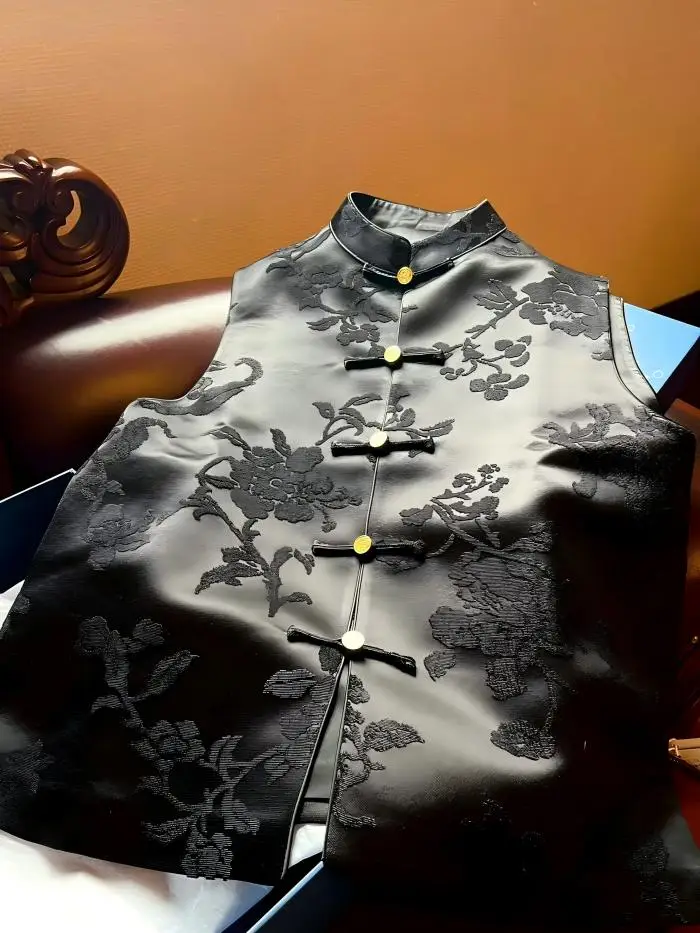
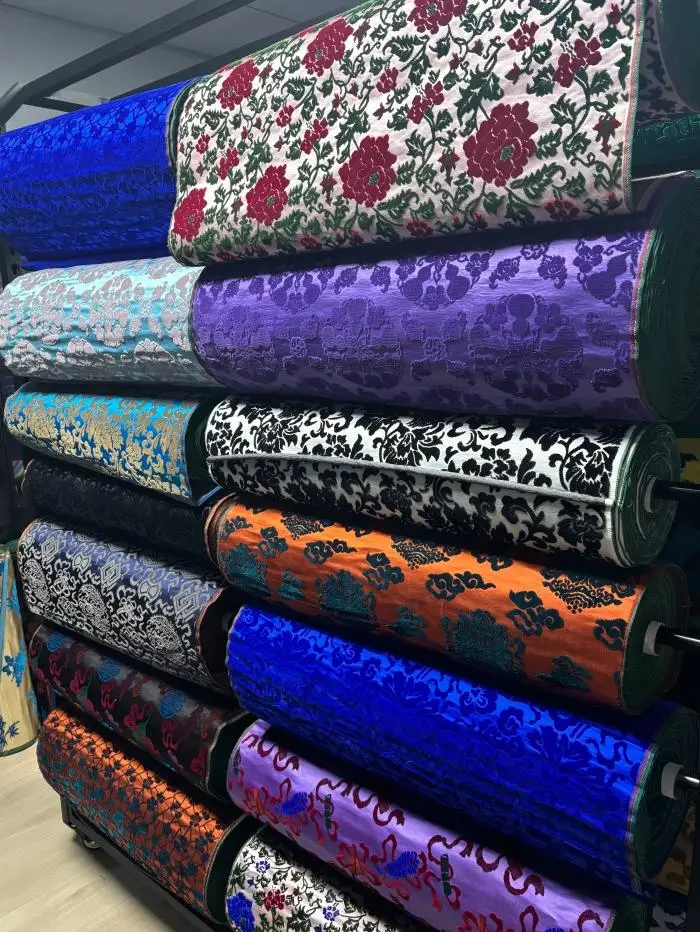
Zhang Velvet Silk Varieties
Zhang velvet can be divided into two categories: patterned Zhang velvet and plain Zhang velvet.
Patterned Zhang velvet is characterized by having some of the loops cut into pile in a pattern, with the pile alternating with the loops to create the pattern. Patterned Zhang velvet is available in two types: bright pattern and dark pattern.
Plain Zhang velvet is characterized by a surface entirely of loops, resulting in a simple and elegant look.
Zhang Velvet Silk Cultural Value
In 2007, the velvet weaving technique, submitted by the Nanjing Han and Tang Brocade Art Research Institute, was inscribed on the Jiangsu Provincial Intangible Cultural Heritage List.
In June 2008, velvet weaving was also registered as a municipal intangible cultural heritage of Danyang City.
